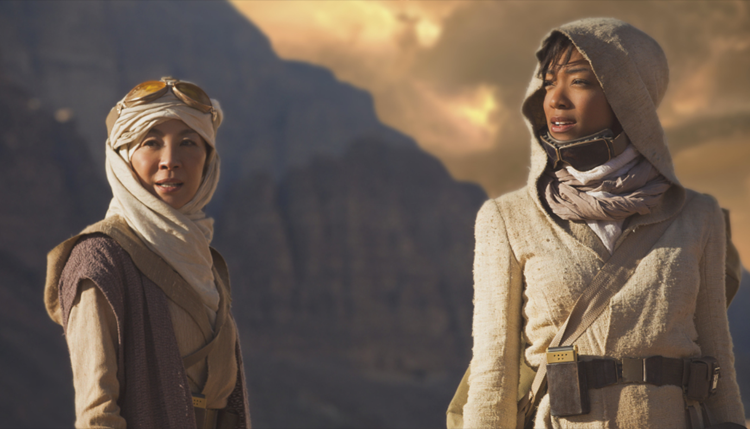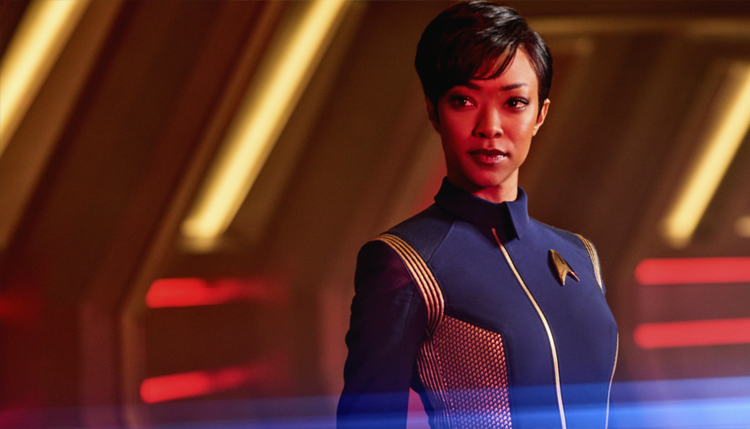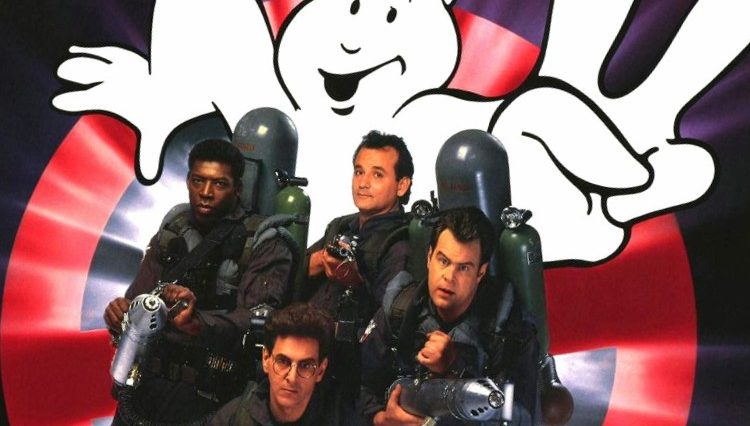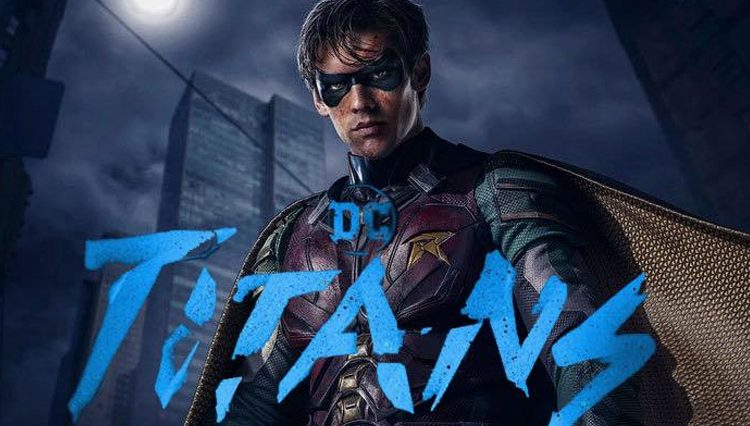
“We come in peace, that’s why we’re here. Isn’t that the whole idea of Starfleet?”
The biggest mistake an ensemble genre franchise can make is to remove the ensemble and replace it with one lone hero. The original series quickly shuffled the players about to and fro to give Spock (and ultimately McCoy) equal time with Kirk in the second and third seasons because they recognized the need for a crew work ethic and collaboration. In Star Trek: The Next Generation, Picard was balanced by the entirety of his bridge crew, and thus more stories could be produced with a wider range of characters and keep the “enterprise” from being dragged into soap-opera mediocrity. This character strata would continue through to the end of Enterprise in 2005 and was one of the great successes of Star Trek storytelling. Why this format would be abandoned perplexes me.

Rather than becoming invested in a crew and a journey with interesting characters, we are forced, as an audience, to follow the adventures of one Michael Burnham. We knew, going in, the series would seek to rewrite motivations of characters and infrastructure we have known for going on 50 years now in order to fit the mold of a revised narrative. Star Trek: Discovery takes place at least ten years before the events of the original series and perhaps 90 years after the events of Enterprise. There were bound to be gaps in continuity and “canon.” One of the more jarring realities of genre filmmaking these days is how much more money and time is spent in pursuit of authenticity than was spent 50 years previous. This is obvious in the stunning production design of “The Vulcan Hello,” the first new episode of Star Trek in 13 years.
For the first time in the television franchise, we feel that we’re on an alien (and utterly inhospitable) world. There are no lights or backdrops. What’s missing in the translation is humility and depth, and real, not manufactured, emotion. Captain Phillipa Georgiou and First Officer Michael Burnham are introduced bringing water to an alien desert. While an impressive, cinematic spectacle, the characters suffer under the constraint of writers determined to depict them as perfect. This translates into a performance of smug superiority that the show never successfully shakes. It isn’t that these characters are women, and thus the writers are over-compensating with behavioral quirks they assume can be attributed to experience, knowledge, or devotion to duty.

I never had this problem with Janeway, T’Pol, or Saavik. These new characters are wishes. They are not, in any way, written to be realistic. Indeed, Burnham’s ultimate gambit blossoms only from anecdotal propaganda and bad feelings. She has decided to wage war with Klingons by giving them a bloody nose, referencing the title, “The Vulcan Hello.” This is not good. In point-of-fact, this ridiculous decision ruins the pilot episode, as well as a good portion of the good-will Star Trek: Discovery was hoping to procure. A mysterious yet ornate starship appears and doesn’t respond to hails. Burnham, of course, volunteers to shoot out into space in a jet pack to see what all the hub-bub is about.
Turns out, it’s a Klingon coffin ship, which on its surface, sounds cool. One of their crew confronts Burnham and engages her in battle. She kills the Klingon, and ships begin to amass in a nearby star system. Starfleet doesn’t want a war, but Burnham believes a pre-emptive strike is their only option. She believes Klingons respect violence, and that respect would lead to peace. Burnham is at odds with her captain, so she gives her a “Vulcan hello.” A neck pinch to knock her out. She takes over the ship and orders full weapons on the Klingon ship. Georgiou comes to and pulls a phaser on Burnham. Did I mention how insane all of this sounds?
- In order to fully understand and appreciate Star Trek: Discovery, the viewer must surrender to Michael Burnham’s will. For she is the focal point of the show, and as written, a teenage fan’s “slip-in.” A “slip-in” (my words) is a character (preferably female) introduced late in the action (the action of established canon) and slipped into a story and the roster of established characters with unlimited power, intelligence, and objective beauty. It’s like if I decided to write a character in Star Wars who was Princess Leia’s boyfriend back home on Alderaan who is presumed dead after the Empire destroys the planet, but then he pops up to offer a friendly romantic rivalry with Han Solo. Where did he come from? Michael Burnham is a human female, therefore she is capable of expressing love and an appreciation of her beauty. She was raised as a Vulcan, therefore she is capable of high intelligence, physical prowess, and logic. She was raised not only as a Vulcan, but the adopted daughter of Sarek and Amanda, as well as the adopted sister of Spock so that she may be inserted into the established canon as an undocumented (I hate to use that word) piece of important fiction in the franchise. Michael Burnham is a “slip-in.”
Twice a week, Star Trek Rewind explores the Star Trek universe. From Archer to Janeway, Kirk to Picard, and Georgiou to Sisko — boldly read what no one has read before!




